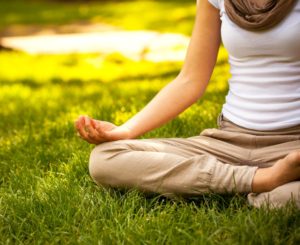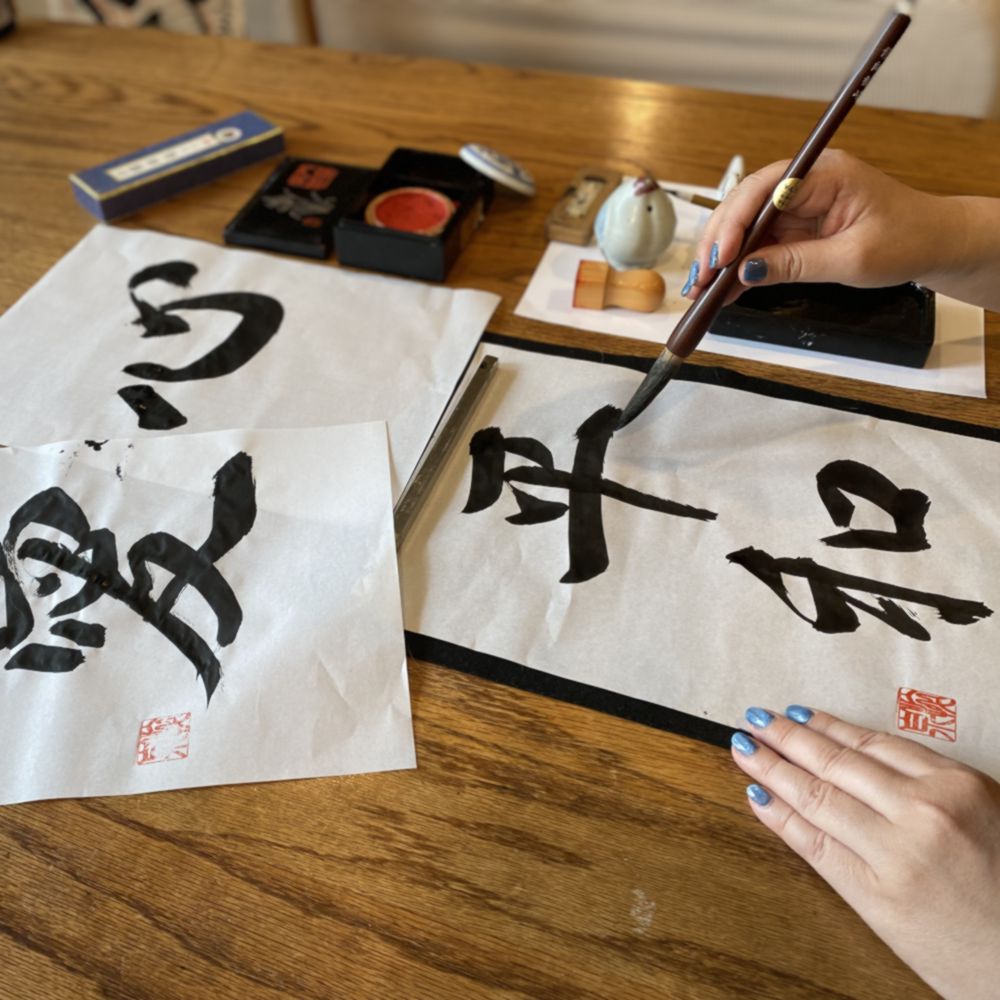Travel, whether for business or vacation, invites venturing out from our comfort zone of home, and exploring how change from our normal routine affects us. Before a trip, the focus is usually on a checklist of physical things needed to promote success of a project or enjoyment on the upcoming journey. We often check the weather and plan activities in advance so we can pack our bags with appropriate apparel, electronic gadgets for work or entertainment, and measured amounts of liquid, self-care items, and medications needed. Often, we forget to consider how we can take the self-regulating and integrating effects of our yoga practice with us. Taking your practice with you goes beyond packing the right clothes or finding a travel yoga mat; it is about cultivating a mind-body connection that allows you to be present and steady with whatever arises. When away from our familiar sanctuaries, a practice helps us stay grounded and take care of our physical, emotional, and mental layers.
The physical spaces we occupy, and perhaps share with others, while on vacation – airplane seats, rental cars, small hotel rooms, or AirBnB (to name a few) – can be restrictive. To accommodate these uncertainties, you should strategize postures for small and confined spaces. These could include chair yoga, postures that address moving all major joints, and breathing practices to balance your energy. Take into account how everyday objects, such as a wall, a chair, a bed, a towel, or even the novel you brought to read on the beach, could be used as a block or support. Our time can be just as constrained as our space. Consider finding one or two postures that you can practice for a few minutes a day to serve your bodily needs.

The emotional spaces in which we may find ourselves while traveling can be fraught with complications and fluctuations: a spectrum of wonderment, joy, confusion, and even anger from moment to moment. Being surrounded by beautiful and awe-inspiring sights can bring about a sense of childlike joy and amazement just as much as reuniting with family or friends. On the other hand, traveling in close quarters with those who have known our habits for some time can push our buttons. We may not have an opportunity in the moment to step away and release tension through postures, or sit in formal meditation practice. In these moments, glimpsing into mindfulness may create the space we need to recognize and monitor our reactions, and be our own kind, supportive listener. Brach and Kornfield adapted terminology developed by McDonald to develop a mindfulness exercise to work with difficult sensations, emotions, or thoughts by utilizing the acronym RAIN. Simply put, RAIN means to recognize what is happening, accept the experience and be present in it, and investigate the effects of your experiences on your attention and body with friendliness. Finally, when the reaction – be it physical, emotional, or mental – subsides, simply return to a natural state of awareness, feeling open to whatever experiences arise. This practice can be done for a few moments, or be incorporated into a longer, seated meditation.
When exploring someplace new, we can often feel a fear of missing out on so-called “critical” sights, or we may worry about how we are perceived by new people with whom we are not able to communicate. We can also overplan and then expect our trip to unfold in a certain way. This is problematic because it causes an undue degree of worry: we are expecting a perfect experience instead of allowing space for spontaneity or an experience to unfold in a way in which we do not expect. We then couple that with feelings of failure when things inevitably do not go according to plan. No matter how good the plan, no eventuality can be accounted for. We can also feel overwhelmed by others’ expectations or judgments of our plans; i.e,. family or friends not having an interesting time at the museum, not enjoying our choice of restaurant, etc.

One solution to these pitfalls includes journaling thoughts on paper. The physical act of writing can help reframe how to think about your day. Giving yourself time at the beginning or the end of the day may help you gain perspective or give your mind an outlet for agitation. Stream of consciousness is a type of journaling for which you let out your thoughts without worrying about spelling, punctuation, or structure. It is simply a mind dump directly onto the physical paper. If particularly challenging thoughts come up during the process, it can be quite powerful to physically rip the page from your journal and ceremonially throw it away, thus ridding yourself of that energy. If you want to work on reframing the lens of your thoughts, perhaps play with gratitude. Focus your writing on documenting experiences you appreciated.
To practice when you travel does not mean just doing postures on a mat, it may also mean choosing how you interact with your physical spaces, as well as with family and co-workers. Mainly, it means giving yourself time to reflect and reset, and simply be present in whatever unfolds with equanimity.

















